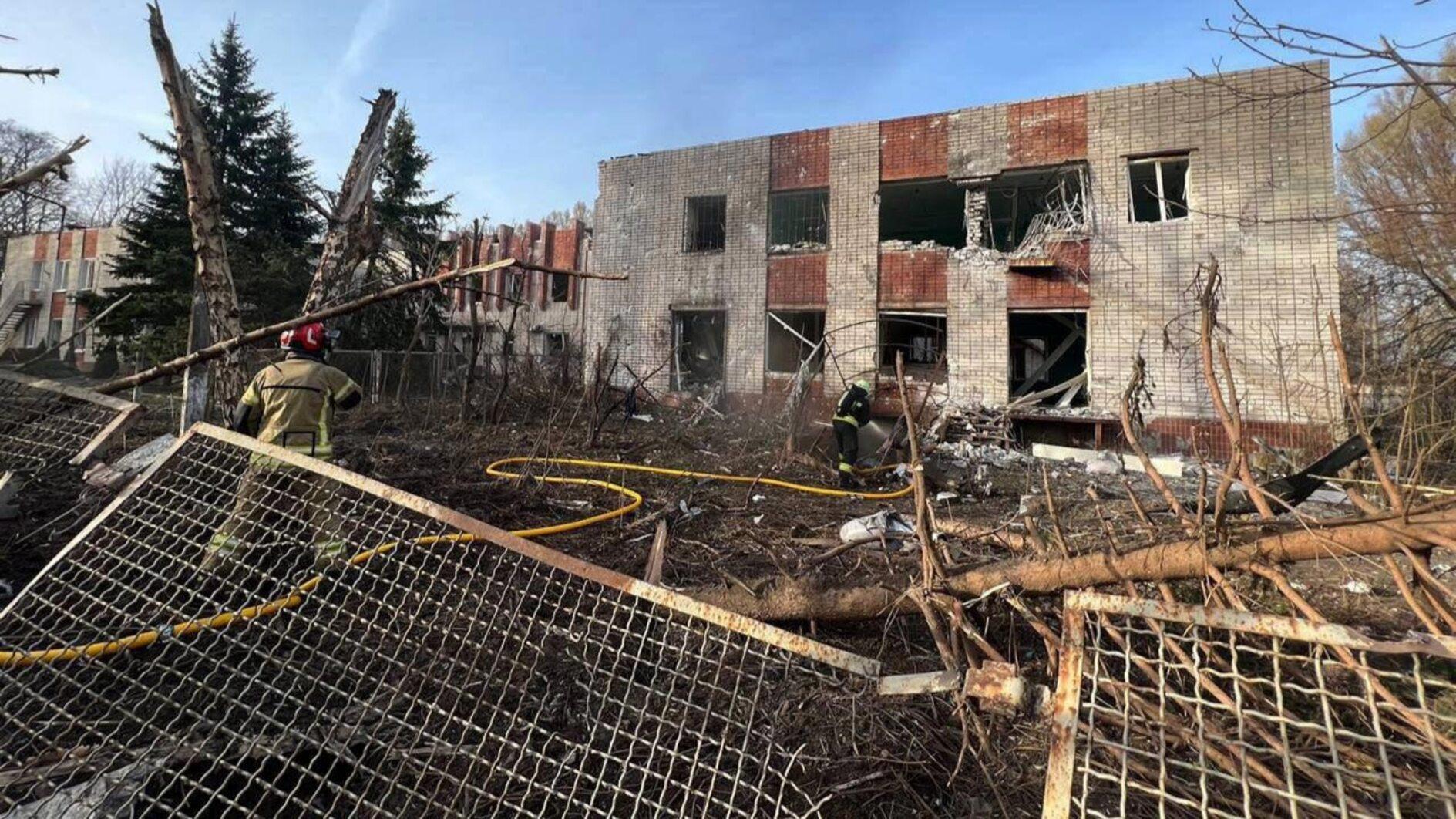Asia-Pacific: Response to climate change
SHAMSHAD AKHTAR
Global leaders are gathered in Paris for the COP21 climate summit. Given Asia-Pacific’s size and its contribution to global greenhouse gas emissions, its voice and commitment are critical to achieving a comprehensive agreement on climate change.Many Asia-Pacific countries are developing and must focus on achieving sustained economic growth and development.
Of the 49 regional members of the United Nations Economic and Social Commission for Asia and the Pacific, 43 have a light climate footprint, contributing only 10 percent to global emissions. For these countries, notably the least developed countries, Pacific islands and low-lying states, vulnerability to climate-related natural disasters will grow with climate change.
At the other extreme, the region is home to six of the top 10 emitters in the world – China, India, Russia, Japan, Indonesia and Iran – which account for about 43 percent of global emissions. Of these top six Asian emitters, fossil fuel-based energy is responsible for about 80 percent of their collective emissions, with emissions from industrial processes, agriculture and waste playing a lesser role. Mitigating the emissions of these countries requires multiple actions, key among which is a switch from fossil fuels to renewable energy sources.
Of the 183 countries that have submitted Intended Nationally Determined Contributions (INDCs) to the United Nations Framework Convention on Climate Change, 43 are from the Asia-Pacific region. Countries across the region have indicated both conditional and unconditional reductions of greenhouse gas emissions. These include economy-wide emissions targets or deviation from a business as usual (BAU) scenario to an intensity targets of emissions per unit of GDP. Many INDCs, particularly those from developing countries, include an overall rise in emissions by 2030.
While this is remarkable in its own right, they still leave a significant gap between the INDCs pledged and the cuts required to keep the temperature increase to below two degrees Celsius warming limit. This gap is close to 16 billion tons of CO2 reductions per annum by 2030, roughly equal to the current emissions of China, India, and Russia combined. The only way we can bridge this gap is if we collectively treat the INDCs announced as the floor to be raised by enabling countries to adopt and implement additional measures needed with technical, financial and capacity support.
In adopting clean energy alternatives, countries are also addressing the scourge of air pollution, which has emerged as a grim reality for many city dwellers across the region. While non-hydro renewables such as wind and solar currently contribute less than 2 percent of regional electricity generation, growth has been rapid from a small base. The expected shift to renewables will be a net benefit for Asian economies. It will reduce dependence on imported fuels as the region is a net energy importer, enhance energy security and improve the balance of payments. To harness a low carbon future, the region needs to further tap its tax potential, which could be raised by 5 percent of GDP. This would potentially mobilize $1.5 trillion while private sector savings in the region are close to $6 trillion.
The success of the COP21 climate summit is critical for all of us as climate change does not respect boundaries and no one can escape its effects. Country submissions for emission reduction are good starting points but remain nonbinding targets. The steep growth in energy demand in the Asia-Pacific means more will need to be done to increase the overall penetration of renewable energy in the coming decades, with collective and concerted actions critical to addressing the problem at its source. The future of our region and, indeed, of our planet, hinges on the Asia-Pacific region mobilizing its skills and resources to find enduring solutions.
*Shamshad Akhtar is an undersecretary-general of the United Nations and executive secretary of the Economic and Social Commission for Asia and the Pacific (ESCAP). She is also the UN’s sherpa for the G-20 and previously served as governor of the Central Bank of Pakistan and vice president of the MENA Region of the World Bank.











